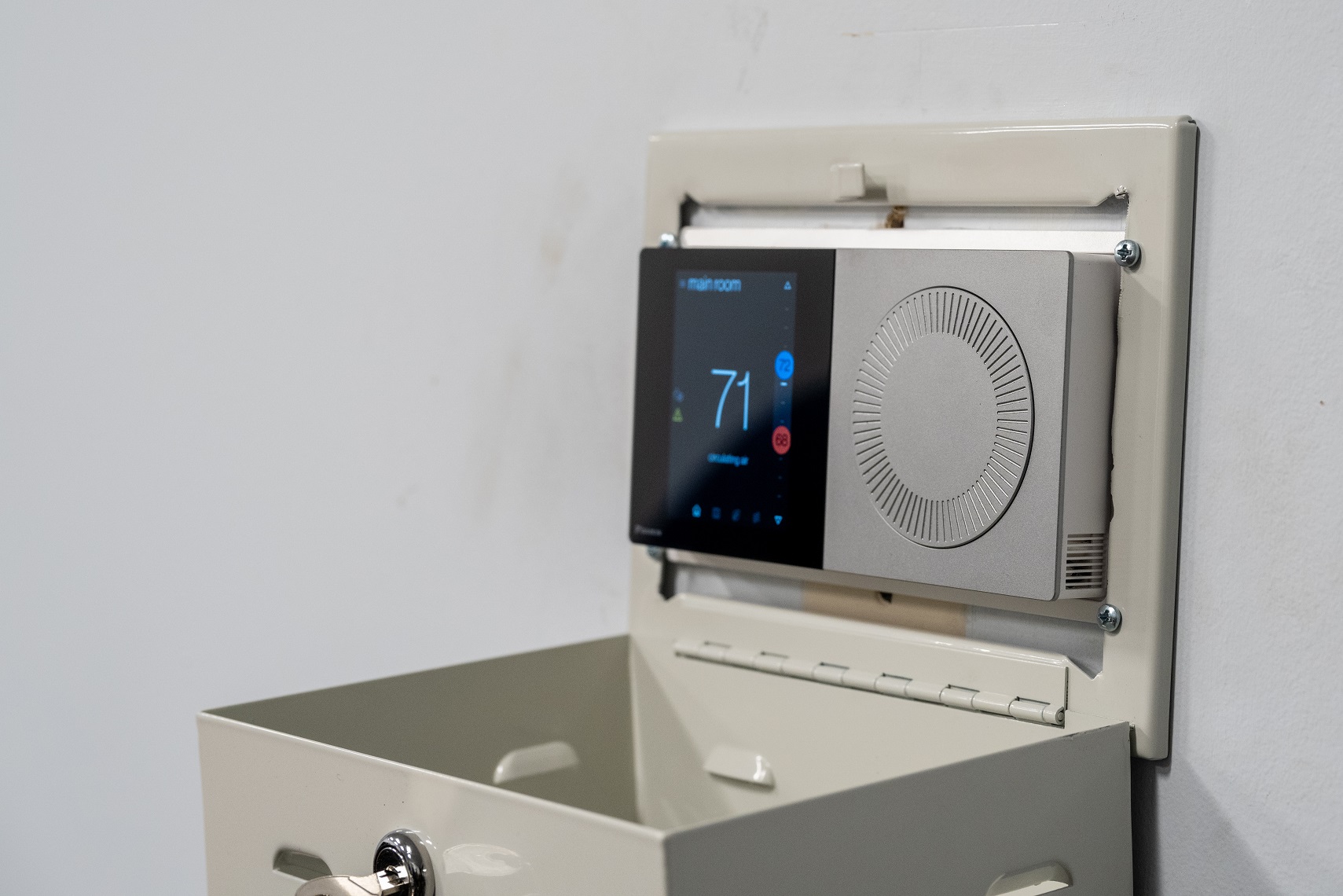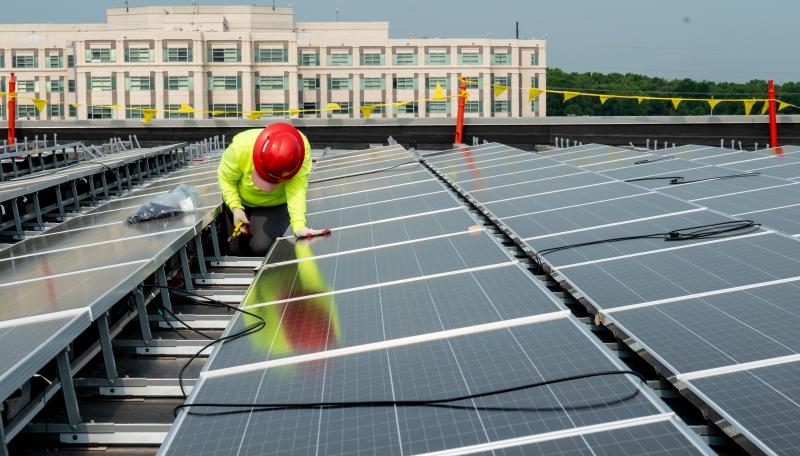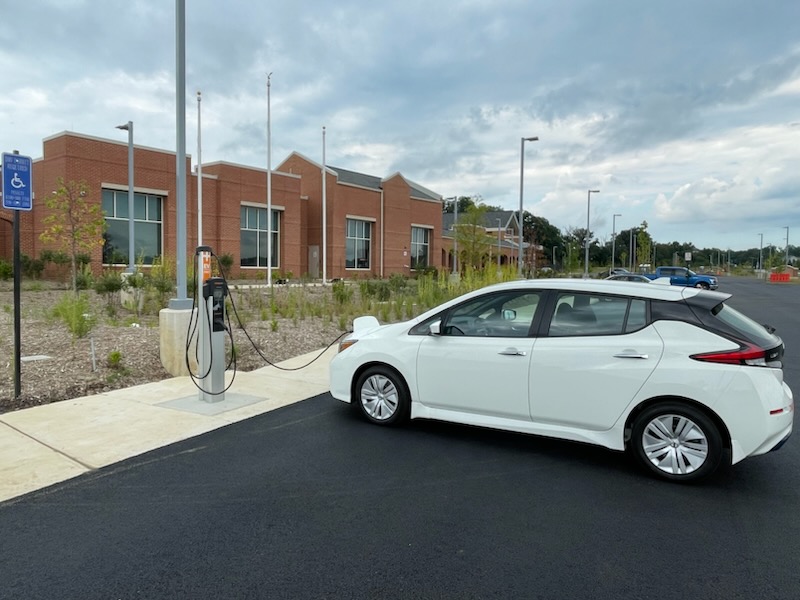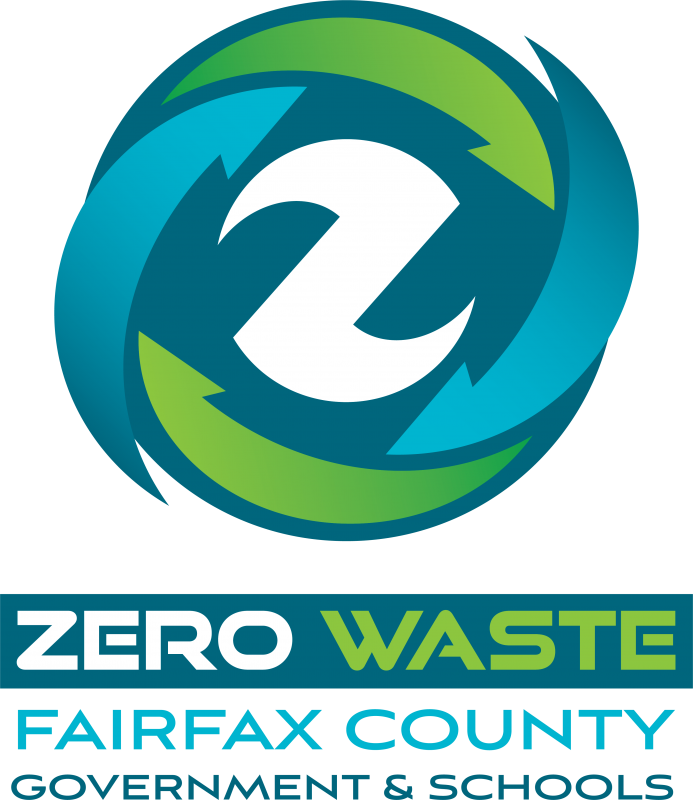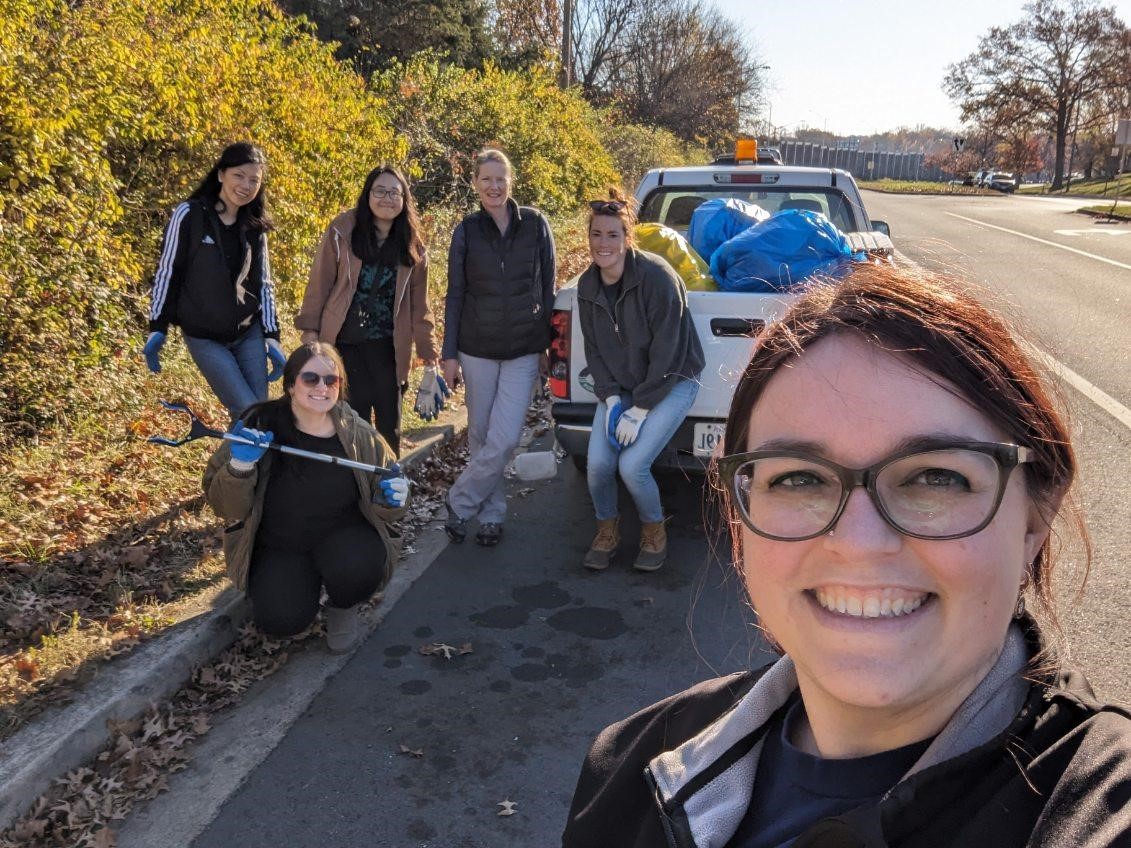Fairfax County's commitment to addressing the causes of climate change is demonstrated by policies, programs and projects that lower greenhouse gas emissions (GHGs) associated with its operations. These efforts include reducing electricity and natural gas used in county buildings and operations and reducing fuel consumption in county fleet vehicles and buses. Decreasing overall energy use not only provides wide-ranging environmental benefits, it also results in fiscal benefits to the county and its residents through lower utility and fuel costs.
Alert:


